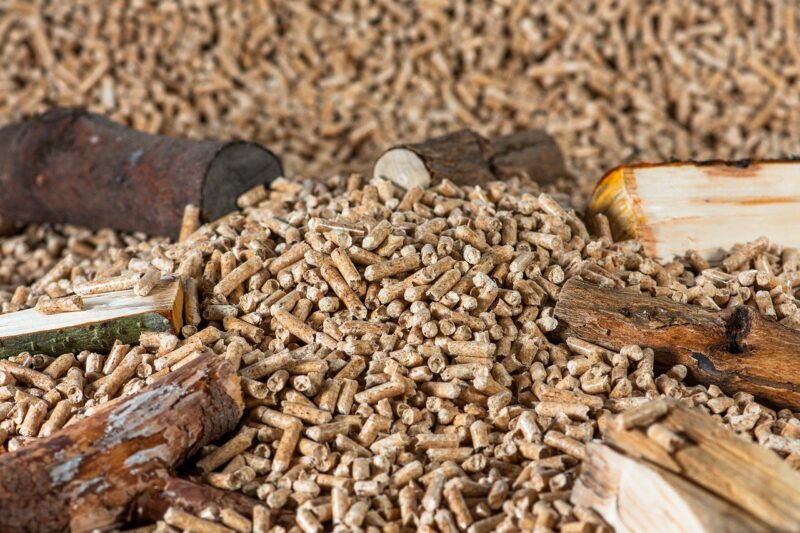
Hailstorms can be both awe-inspiring and destructive, wreaking havoc on crops, property, and vehicles. These phenomena, which occur during thunderstorms, are characterized by the formation of ice pellets that can range in size from small peas to large golf balls. Understanding hail involves delving into complex meteorological conditions, and accurate measurement plays a crucial role in forecasting and mitigating its effects.
1. What is Hail?
Hail is precipitation in the form of balls or irregular lumps of ice, known as hailstones. Unlike raindrops, hailstones are formed when updrafts in thunderstorms carry water droplets upwards into extremely cold areas of the atmosphere where they freeze into ice. The process of forming hailstones involves several stages:
- Updrafts: Strong upward winds in a thunderstorm carry water droplets into colder air.
- Nucleation: Water droplets freeze onto ice nuclei, typically dust or other particles, forming small hailstones.
- Layering: As hailstones are repeatedly transported by updrafts and downdrafts, they can grow by accumulating additional layers of ice.
- Falling: Eventually, when hailstones become too heavy for the updrafts to support, they fall to the ground as hail.
Hail formation requires particular conditions: an unstable atmosphere, sufficient moisture, and strong updrafts. This is why hail is most common in spring and summer in temperate regions, particularly where thunderstorms are prevalent.
2. Hail Size Classification
Hailstones vary significantly in size, and their classification often serves as a visual representation of their potential damage.
Hailstone sizes are usually categorized based on diameter:
- Pea-sized (5-10 mm): Commonly, these smaller stones rarely cause damage.
- Marble-sized (10-15 mm): These can cause minor damage, especially to vegetation.
- Golf ball-sized (40-50 mm): Capable of causing significant damage to roofs and vehicles.
- Baseball-sized (60-75 mm): These larger stones can lead to severe damage, including puncturing roofs and breaking windows.
- Softball-sized (75 mm and above): The most damaging size, capable of causing extensive destruction in populated areas.
3. How Scientists Measure Hail: Tools and Techniques
Understanding and measuring hail is essential for meteorologists to predict its occurrence and assess potential damage. Several tools and techniques are utilized for hail measurement:
3.1 Hail Pad
A hail pad is a simple yet effective measuring tool consisting of a flat surface made from a durable material like Styrofoam, that is placed outdoors to catch falling hailstones. After a hailstorm, scientists analyze the hail pad to gather data on the size and frequency of the hailstones. Measurements may include:
- Count: The total number of hailstones collected.
- Diameter measurements: Average size of the stones collected.
- Impact Assessment: Looking for any damage on the pad itself which can be indicative of stone size and density.
3.2 Doppler Radar
Doppler radar technology is critical in meteorology, with its ability to track thunderstorms and identify areas that may produce hail. Radar detects precipitation size and intensity, allowing meteorologists to:
- Detect Hail Formation: Radar can visualize the vertical structure of storm clouds, indicating updraft strength.
- Estimate Hail Size: By analyzing the shape and intensity of radar echoes, scientists can approximate the size of hailstones.
3.3 Hailstone Analysis in Labs
After storms, scientists can also analyze collected hailstones in laboratories. These analyses can include:
- Microstructure Examination: Studying the internal structure to understand growth processes and freezing layers.
- Isotope Analysis: Determining the source and transport mechanisms of the water that formed the hail.
4. Impacts of Hailstorms
Hailstorms can have significant impacts on various sectors, particularly agriculture and infrastructure. Understanding these impacts is crucial for preparedness and recovery:
4.1 Agricultural Damage
Hail can decimate crops within minutes, impacting farmers’ yields and profitability. The sensitivity of crops varies, but soft fruits like cherries and vegetables are particularly vulnerable. Potential agricultural impacts include:
- Total Loss of Harvest: Hail can destroy a crop entirely during vulnerable growth stages, leading to economic losses.
- Delayed Recovery: Farmers may take considerably longer to recover, requiring supplementary planting and additional resources.
4.2 Infrastructure Damage
Hail can cause severe physical damage to buildings, vehicles, and other infrastructures:
- Roof and Window Damage: Hail can puncture roofs and shatter windows, leading to costly repairs.
- Vehicle Damage: Cars left outdoors can suffer dents, cracked windshields, and body damage.
5. Conclusion
Understanding hail and how to measure it is important for preparedness and damage mitigation. As climate change continues to impact weather patterns, the frequency and intensity of severe storms, including hailstorms, may also change. By utilizing various scientific techniques, meteorologists can improve prediction models, aiming to better inform communities at risk. This understanding not only aids in planning but also fosters resilience against the powerful forces of nature that hail represents.
Stay informed and prepared to better shield yourself and your property from the dangers of hail, and always trust the science that guides our understanding of these remarkable yet formidable natural occurrences.







